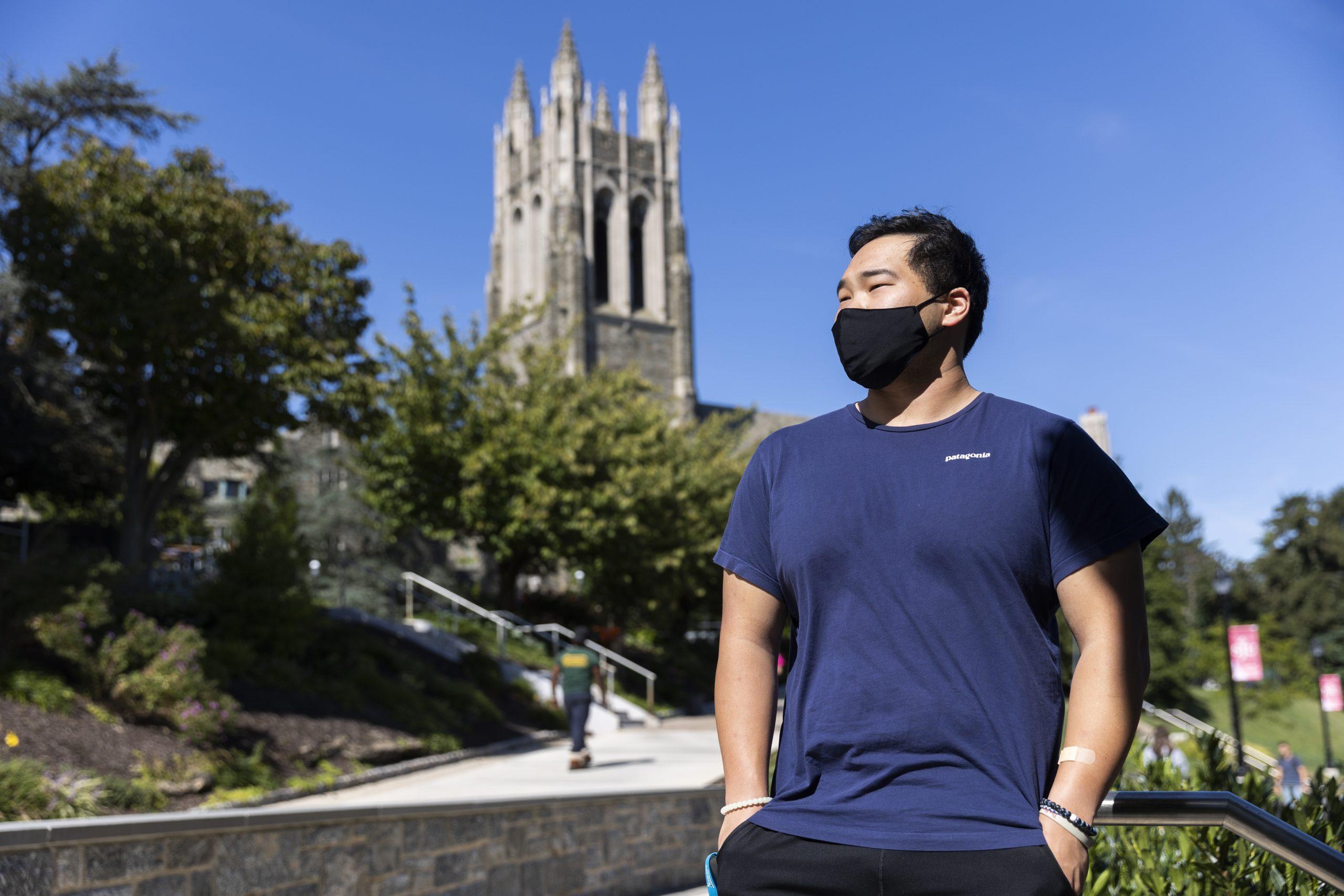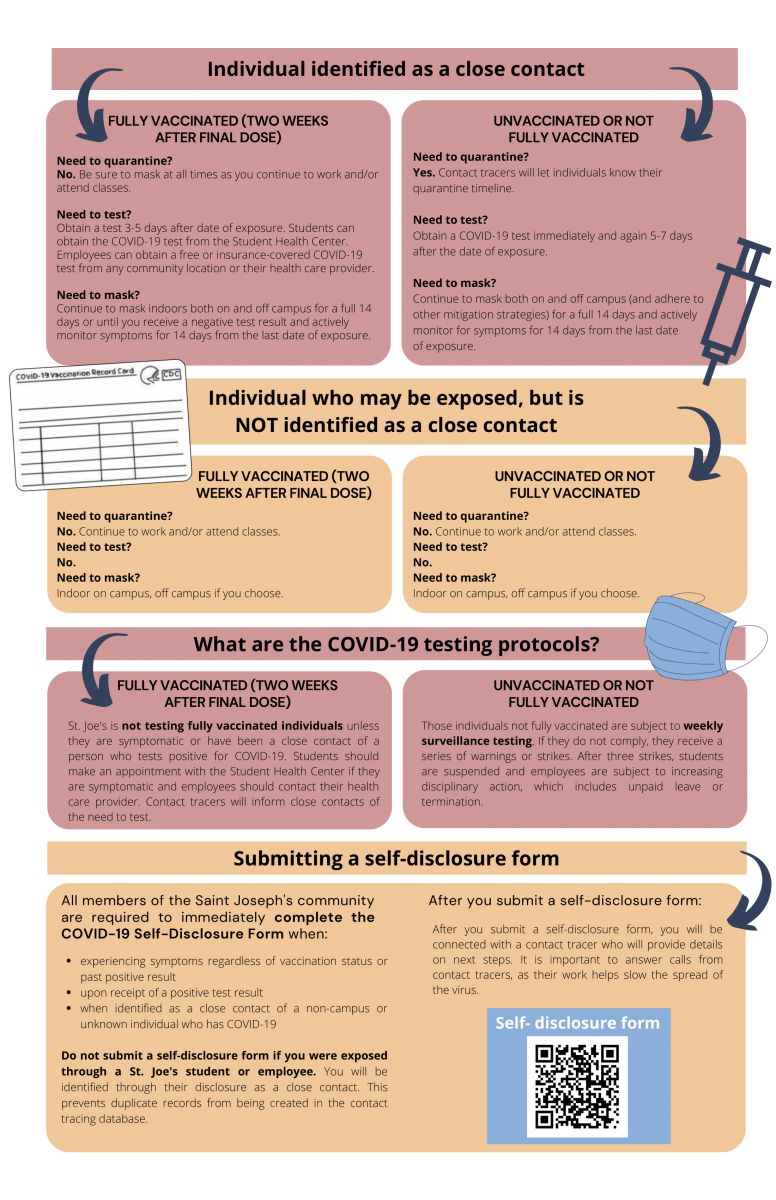Informed decisions require more information
On Oct. 1, St. Joe’s students were made aware that they had two weeks to decide whether or not they wanted to attend classes fully online in the spring 2021 semester.
Because the spring 2021 course schedule is not yet available to students, they had to make this decision not knowing what courses will be offered in the spring, or in what modalities. That matters because online students are only allowed to take online and hyflex courses, not hybrid or face-to-face courses. So, choosing to be remote means from the start, limiting course options. It means students may not be able to take courses they want or need.
Perhaps one perk: students who choose a fully remote schedule are allowed to register first. And, unlike this fall, they will be allowed to live on campus. We appreciate that the university is allowing students a space to remain on campus even if students are not comfortable attending face-to-face classes.
But giving students who choose the fully remote option a leg-up on other students during the course registration process seems unfair to those students who are choosing face-to-face instruction. This fall, only a small percentage, 17%, of undergraduate classes were face-to-face. Chances are, the classes students need to graduate or fulfill requirements will be online again this spring, giving online students the advantage.
Perhaps all of these worries are unfounded. But without all of the information, students are left to worry about the unknown.
Additionally, some students may have wanted to base their decision to be fully remote on class performance this semester. Online learning isn’t for everyone. It takes a lot of personal initiative and responsibility. Some students may be coming to that realization this semester. But the Oct. 15 deadline to decide about the spring semester comes before students have even received their midterm grades.
The Oct. 1 announcement said that the Oct. 15 deadline is firm. After this deadline, only requests involving extraordinary circumstances will be considered. However, these exceptions cannot be guaranteed.
The deadline, then, becomes another competing factor in the decision process, already weighed down by fears about fulfilling academic and graduation requirements, staying safe during a global pandemic and paying for a college education amidst financial uncertainty for many families.
It’s an enormous decision to make during a time when nothing around us is stable. Even experts can’t make firm predictions about the course of the pandemic or the availability of vaccines. It’s an enormous decision that we were given two weeks to make.
We appreciate the complexity involved in setting up the spring schedule and honor the university’s desire to balance faculty and student needs. Ultimately, there may be more students who want face-to-face classes than faculty are able and willing to teach. Or there may be some face-to-face classes that online students will be shut out of.
But the best way the university can help students is to first give them all of the information they need to make an informed decision. If students make a decision that ends up not being the right one—the pandemic is a moving target as is the schedule itself—the university needs to be gracious, not firm. Accommodating, not fixed. After all, that’s what they expect of students.
—The Editorial Board


















































